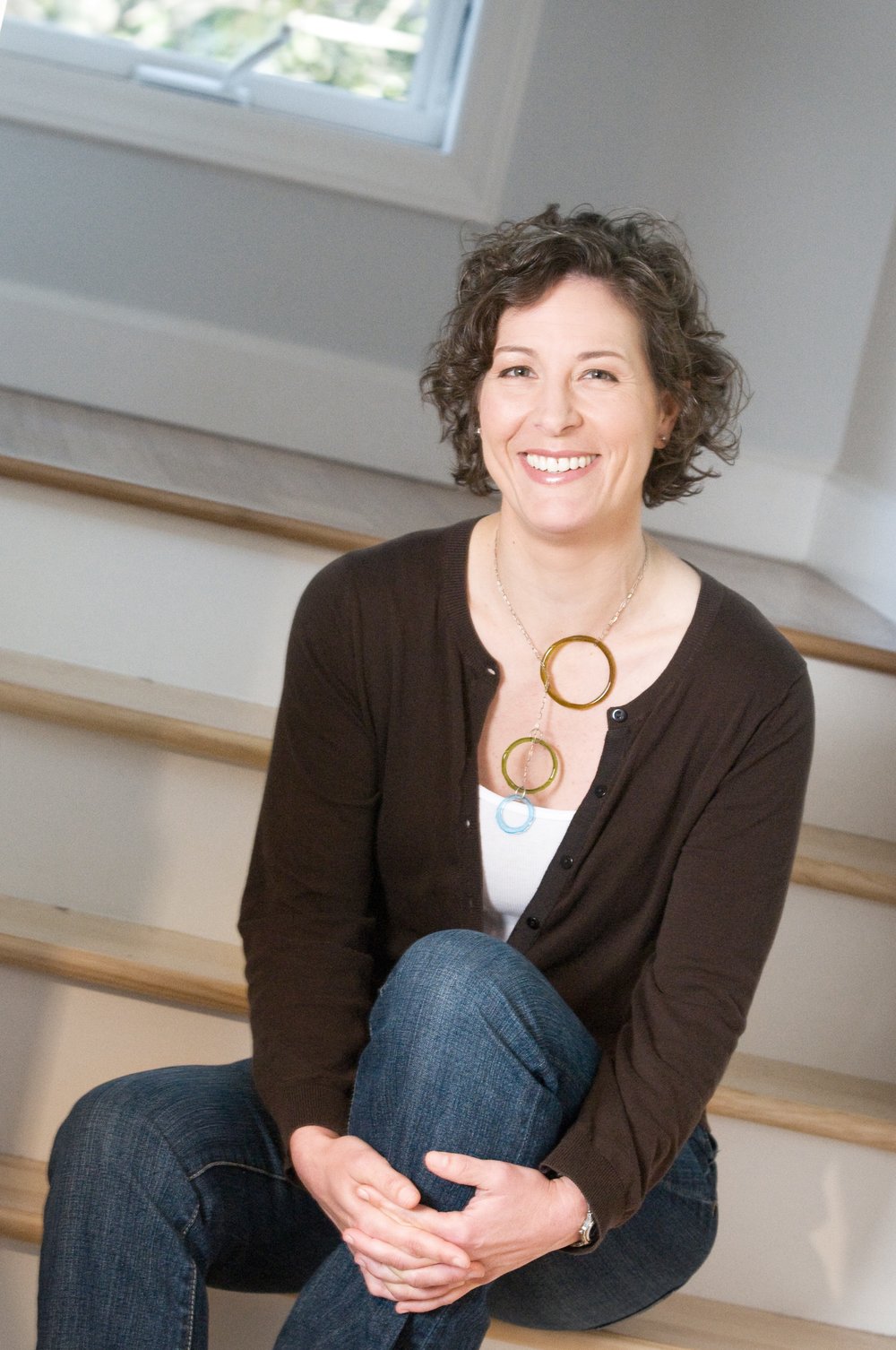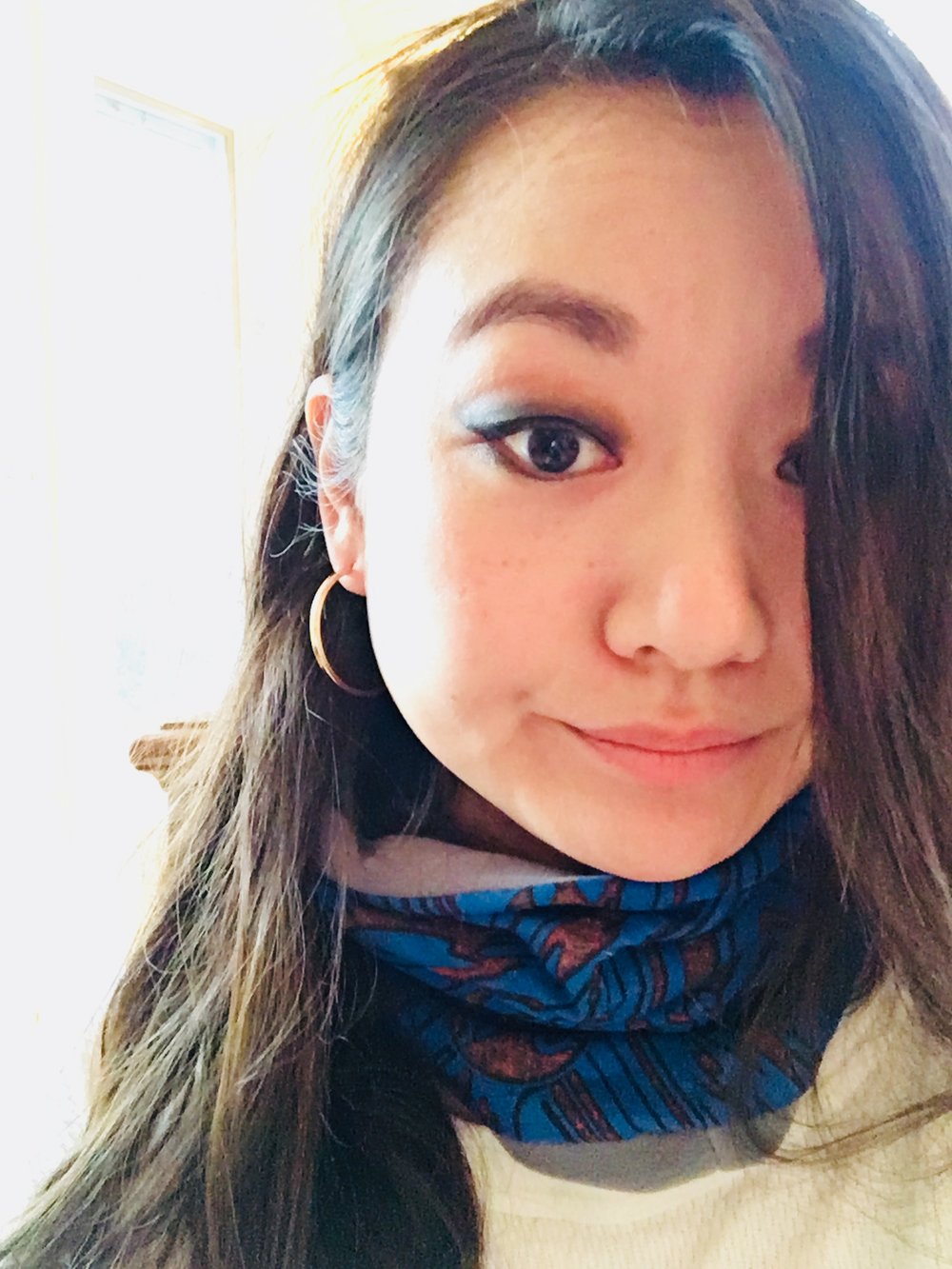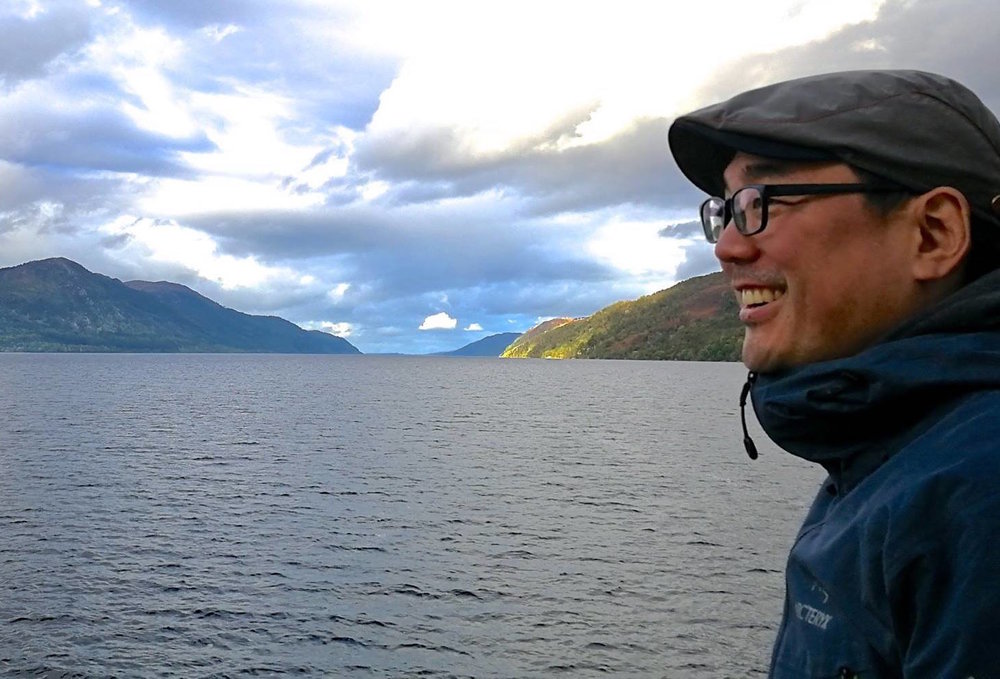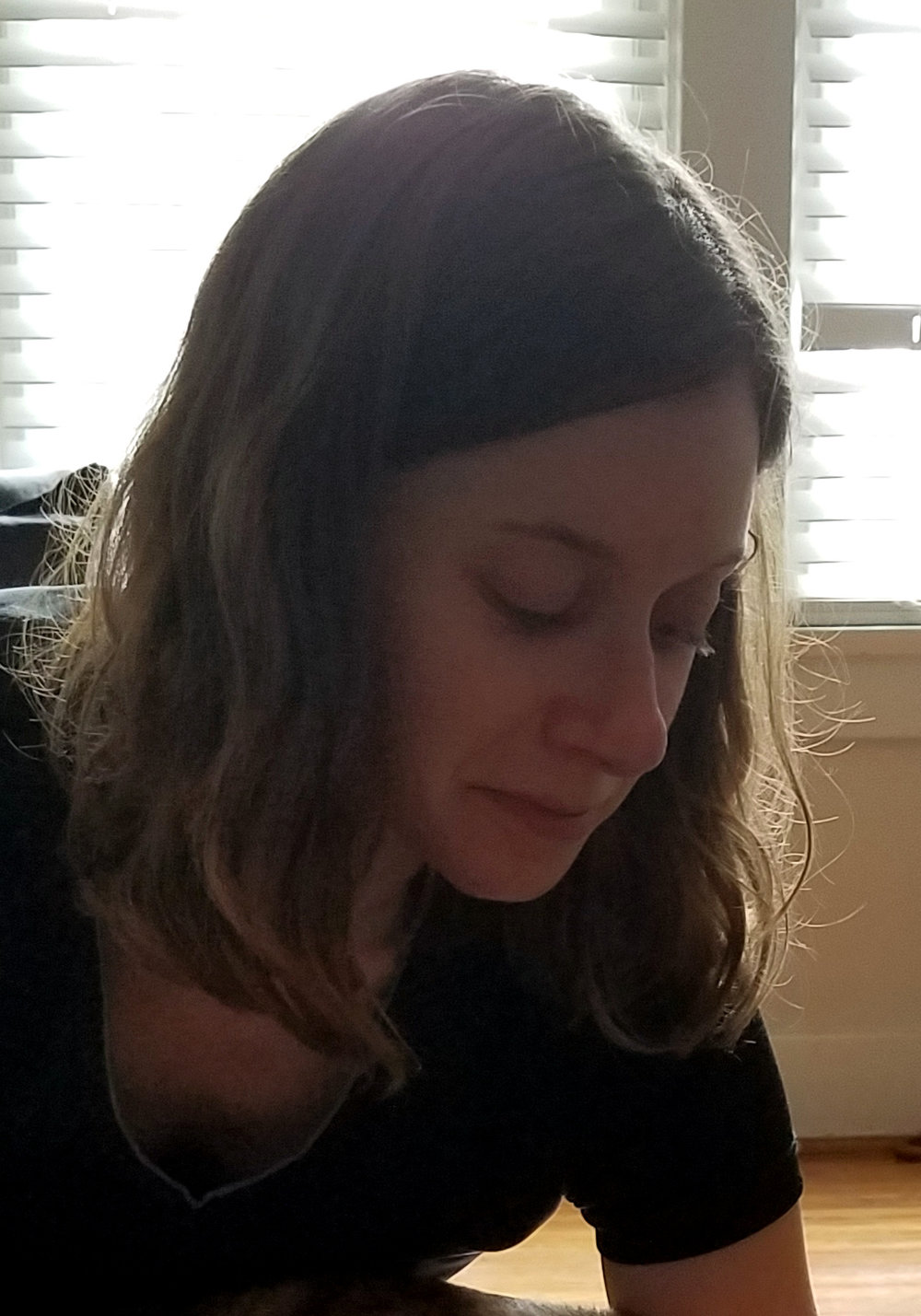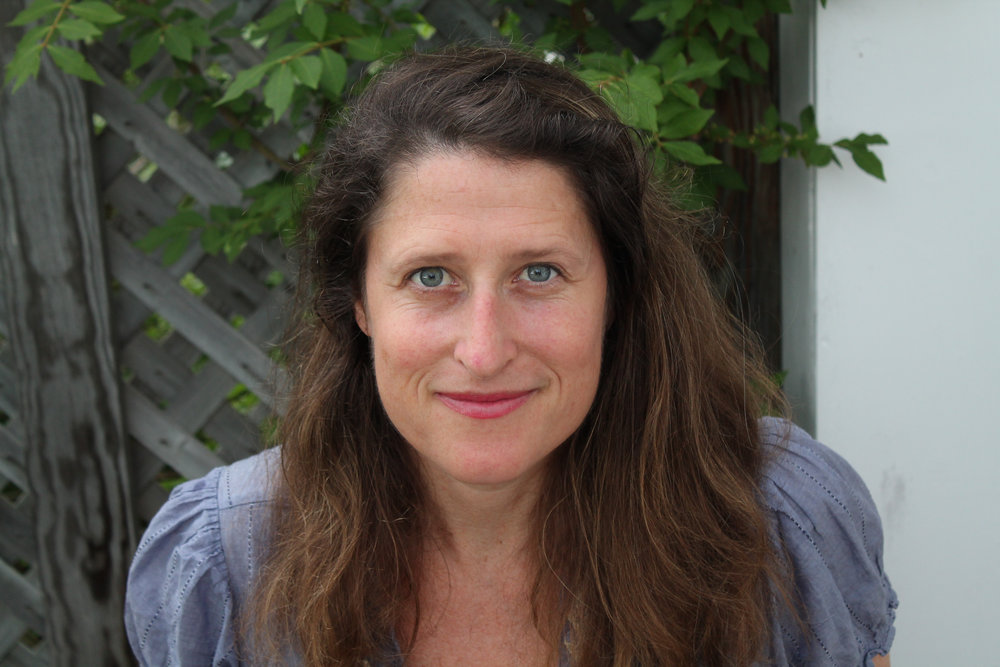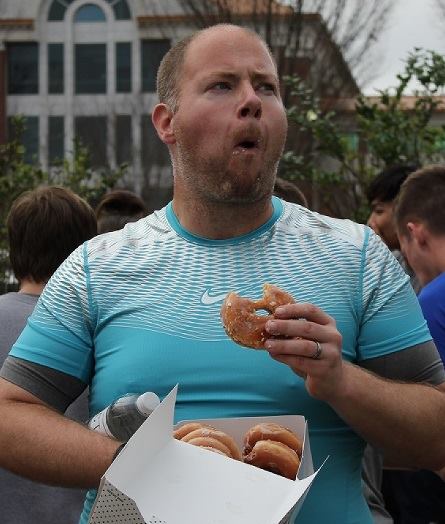
Brian Oliu is originally from New Jersey and currently lives and teaches in Tuscaloosa, Alabama. He is the author of two chapbooks and four full-length collections, most recently the lyric-memoir i/o (Civil Coping Mechanisms), and Enter Your Initials For Record Keeping (Cobalt Press), a collection of essays on NBA Jam. Recent essays on topics ranging from long distance running to professional wrestling appear in Catapult, The Rumpus, Runner's World, and elsewhere.
His essay, "Brock Lesnar and the Woman I Am About to Marry Are Both Billed from Minneapolis-St. Paul, Minnesota," appeared in Issue Ninety-Two of The Collagist.
Here, Brian Oliu talks with interviewer William Hoffacker about obsessions, connecting lights, and writing through pop culture.
Please tell us about the origins of your essay “Brock Lesnar and the Woman I Am about to Marry Are Both Billed from Minneapolis-St. Paul, Minnesota.” What sparked the initial idea and caused you to start writing the first draft?
Sure! So, I’m working on this collection of essays about professional wrestling. I outlined all of the wrestlers that I wanted to write about and considering Brock Lesnar is easily one of the largest stars in the world (and current WWE Universal Champion) I knew that I needed to write an essay about him. The collection deals a lot with the concept of reality versus showmanship—something that is obviously inherent in professional wrestling, & I feel as if Lesnar’s matches as well as his career really embody this. Wrestlers often are “billed” from a certain place—more often than not, it isn’t “actually” where they are from. Lesnar is a good example of this: he is billed from Minneapolis when he is in WWE, but when he fights in UFC he is “fighting out of” his actual hometown of Regina, Saskatchewan. My (now!) wife is from St. Paul, but we both live in Tuscaloosa—so I wanted to play with that concept of “being from” and “fighting out of”.
Reading the essay, I had the feeling of being unstuck in time and place, yet never lost. One paragraph observes one city, the next paragraph another. In one paragraph we see you and your wife, in the next Brock Lesnar. Distinctions are made between reality and fiction, yet the two blend together as well. When you write an essay in this non-linear way, how do you put the pieces in order? Do you consider associations as you write, or connect the dots when you revise, or both? How do you try to ensure that the reader will be able to follow?
So typically I think about these ideas as lights—I have a few different “lights” that pop up; essentially some elements that I want to write an essay about. This usually comes about by my own thoughts or things I find curious. Also, this comes from elements of research that I’ve done that have stuck for whatever reason. The goal for me is to connect the lights—or have those moments be bright enough so that the light from one illuminates the light of another (wow I’m sounding really LITERARY MAGIC right now). I feel as if research is one of those things that really allows you to align things—I’m never not blown away when you apply a little bit of research or dive deep into something & something just presents itself. We live lives full of coincidences—I think that writers (especially essayists!) are constantly in tune with what those coincidences are. In terms of the reader following, I try my best to guide them along as best as possible—I remember being a young writer & wanting to “encode” my writing with all sorts of puzzles & mysteries. But then what would happen is I would bring a piece to workshop or I’d have someone else read it & they wouldn’t get what I was trying to say--& OF COURSE they didn’t, because secrets in writing are only big to those who are revealing them. So, as a result, I made sure that if there was something that I wanted a reader to understand or get, I’d bring up those images a bit more, or I’d try to guide them in a certain way. At the end of the day, you have to recognize that not all readers are going to get every single reference—but I hope that a reader with a minimal knowledge of wrestling, or videogames, or whatever it is I’m writing about that day, can still appreciate the piece for its language, or is able to grab onto something else in the piece that speaks to them.
A lot of your writing is inspired by things that you are (apparently) a fan of—NES games, the NBA, professional wrestling, to name a few. These things are traditionally thought of as “low culture,” mere entertainment. Personally I cast no aspersions on them, hence the quotation marks. I myself edit a literary journal entirely focused on video games, so you know I appreciate their value, but I’d like to hear your perspective. Why do you write work inspired by pop culture? (Did you always? If not, how did you start?)
One time during a job interview, I was asked by someone on the hiring committee how I managed to balance academia with writing about things that are “so low brow.” After I tried not to show how offended I was by my face (& after I decided right there that this probably wasn’t the best fit for me), I explained that I don’t necessarily write “about” pop culture, but “through” pop culture. I really like having a “text” to base my work off of—of course texts come in the form of video games, of wrestling matches, of music videos, of large personalities, rather than simply just the traditional written word. I overheard once that “every piece of writing is collaborating with something else” & so I really took that to heart. As to why I write work inspired by pop culture, I think it’s because it’s something I truly enjoy—it’s important to me to write about things that I love. If I don’t love it, I’m not going to put the research in to know more about it, and so the essays will fall flat. I think what’s also great about pop culture is that it constantly replenishes itself—sure, we have new readings of ancient texts (my thesis/lyric memoir I/O is a collaboration with The Odyssey!) but when you deal with things that are popular & constantly in the zeitgeist, it makes your work more alive in ways that you couldn’t have perceived when you first started to dive in.
Another question about your writing obsessions, but this one less about the why and more about the how: You write about these subjects mostly with what I would characterize as an indirect approach, making them into metaphors and using them as lenses, your essays much more lyrical than narrative, ekphrasis rather than reporting. How would you describe the distance between Point A (e.g., the game, the team, the wrestler) and Point B (the essay), as well as the process that bridges that gap?
I think the gap is bridged by the fact that I am overly obsessive about things—I feel as if I put the “fanatic” in “fan”—this isn’t to say that I am stalking NBA players, or have posters of wrestlers all over my room (although I did when I was younger!), but I feel as if I am a part of this universe as more than just a casual observer. I know this makes me sound a bit delusional, but I feel deeply invested in these things on an emotional level, and as a result I feel closer to the stuff I am writing about in an odd way. I think a lot of this has to do with the internet and social media where you are able to see everything behind the scenes in a way that you never have before—say, with professional wrestling, you can see both character and performer. You can watch Karl-Anthony Towns play Fortnite on Snapchat. There are all of these ways “in” that didn’t exist before. Of course, these planes aren’t “real” but they exist on this other level, which I feel like my essays attempt to do—this real vs. hyper-real vs. cloudiness/haze of distance and nostalgia/emotion world is important to me to cultivate. It helps to be a lover of the essay form and how it constantly prods and attempts to make sense of things—I think that’s why I gravitate toward it so much. I know the essay is obsessed with things that are “real,” but I think that the emphasis should be more on things that are “true”—but of course, truth is a constantly evolving definition, and my own truth may not always match up with the truths of the world.
What writing project(s) are you working on now?
I am in the process of wrapping up the wrestling book—everyone kept asking me if I’ve written an essay about The Rock yet, & I kept saying that the essay hasn’t presented itself to me. Finally Dwayne decided to do me a favor and cover up his iconic Brahma bull tattoo, and so I was like “aha!” which gave me a way in to that essay. I feel like The Rock was blocking this entire book, and so now that his essay has been put to sleep, I can put the finishing touches on the book. I’m also working on a memoir about long distance running—my grandfather founded the Barcelona Marathon and wrote a book in Catalan on marathon running. I’ve been translating his book, as well as started my own running journey. It is a book I’ve been working on for years, and will continue to work on for (many!) years, but it is in the works. And I’m writing a more straight-forward nonfiction book about track jackets, another one of my obsessions—that one is still in the research phase, but I’m hoping to get cracking on it soon.
What have you read recently that you’d like to recommend?
I read this insane article about online mattress reviews that I’ve been telling everyone to read (https://www.fastcompany.com/3065928/sleepopolis-casper-bloggers-lawsuits-underside-of-the-mattress-wars).
My wife Tasha Coryell’s book is coming out with Split Lip Press in the summer & I am excited for everyone to read it, because she’s a much better writer than me. https://www.splitlippress.com/
I’ve been trying to learn about the Cover 3 defense (and failing) https://www.everydayshouldbesaturday.com/2018/2/22/17039998/learn-yourself-up-cover-3.
Leila Chatti’s book is coming out and it’s gonna be amazing (https://bullcitypress.com/product/tunsiya-amrikiya/).
R.O. Kwon’s essay about not being able to watch the Winter Olympics was a highlight for me as well. (https://www.buzzfeed.com/rokwon/korean-american-pyeongchang-olympics?utm_term=.vpYnXkQEA#.kaRE4gX6M)
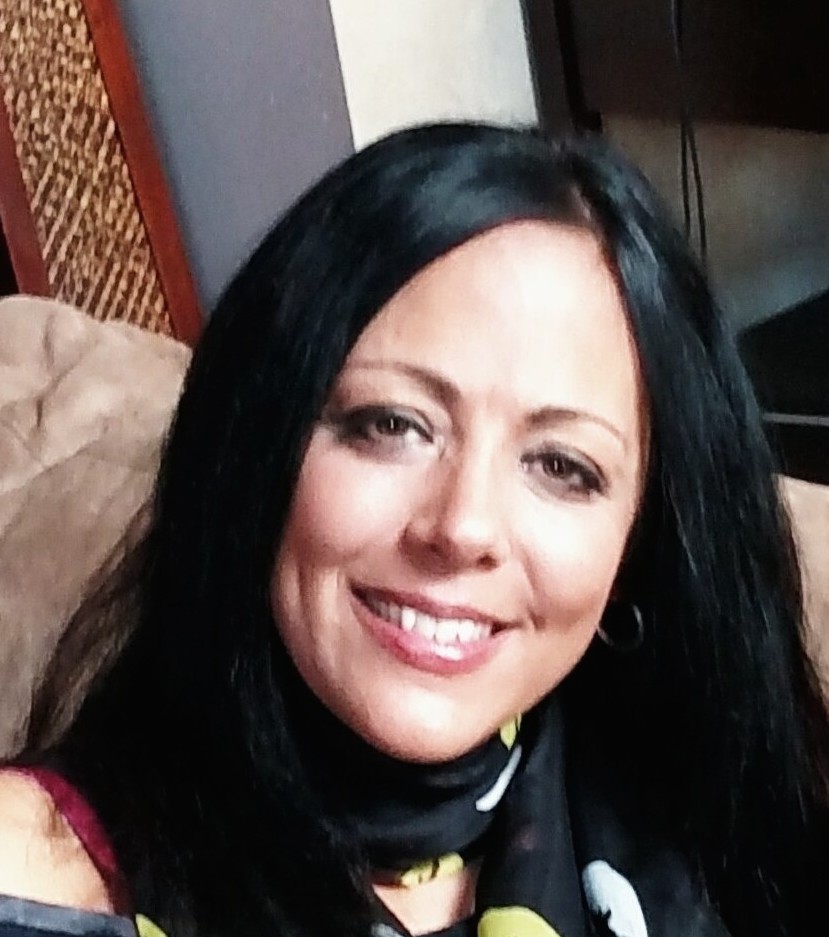 Norene Cashen was a writer-in-residence with InsideOut Literary Arts Project in Detroit. She's the former coordinator for Citywide Poets, Detroit's award-winning youth slam team. She also served as the contributing editor for the literary journal Dispatch Detroit. Her poetry has appeared in Exquisite Corpse, Temenos, The MOCAD Journal, markszine.com, Abandon Automobile: Detroit City Poets (Wayne State University Press), and thedetroiter.com. The Reverse Is Also True, her first collection of poetry, was released by Doorjamb Press in 2007.
Norene Cashen was a writer-in-residence with InsideOut Literary Arts Project in Detroit. She's the former coordinator for Citywide Poets, Detroit's award-winning youth slam team. She also served as the contributing editor for the literary journal Dispatch Detroit. Her poetry has appeared in Exquisite Corpse, Temenos, The MOCAD Journal, markszine.com, Abandon Automobile: Detroit City Poets (Wayne State University Press), and thedetroiter.com. The Reverse Is Also True, her first collection of poetry, was released by Doorjamb Press in 2007.

